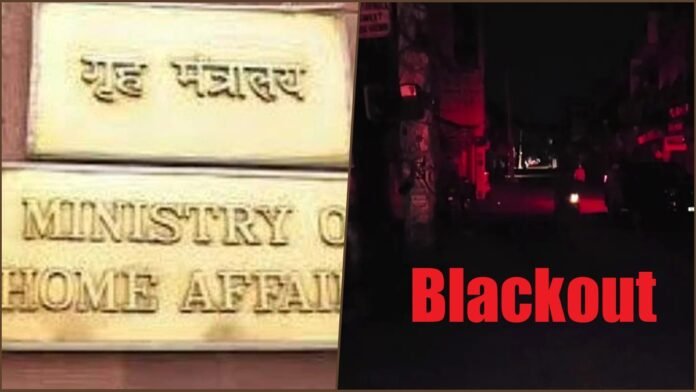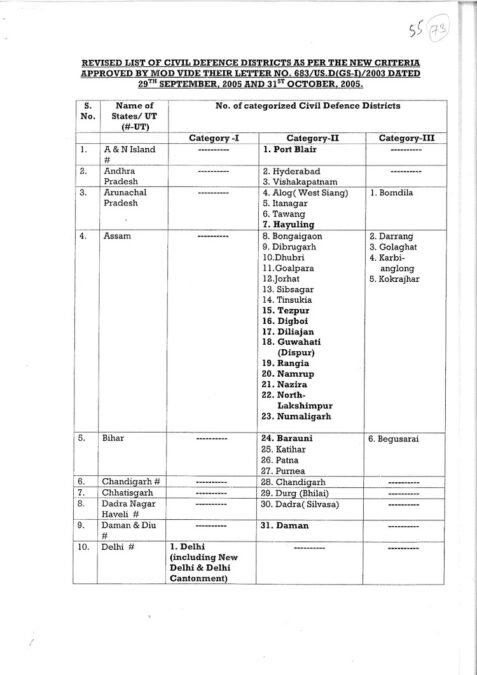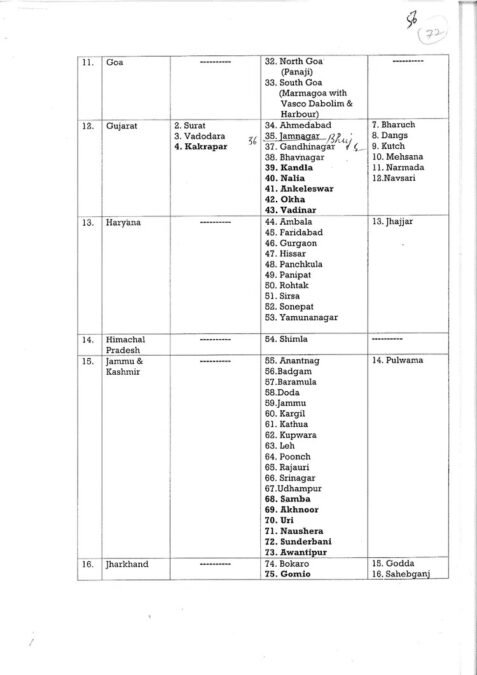
Key Points
- India will conduct its largest nationwide civil defence mock drill since 1971 on May 7, covering 244 districts, following the deadly Pahalgam terror attack.
- The drills will simulate wartime scenarios: air raid sirens, citywide blackouts, evacuation rehearsals, and camouflage of vital infrastructure.
- Border and high-risk states-including J&K, Punjab, Rajasthan, Himachal Pradesh, and Gujarat-are primary focus areas.
- The exercise aims to assess and improve public alert systems, emergency coordination, and civilian readiness for new security threats.
- Civil Defence wardens, Home Guards, NCC, NSS, NYKS volunteers, students, and local authorities will participate.
India is set to conduct its most extensive civil defence mock drill in over 50 years on May 7, 2025, as tensions with Pakistan escalate and security concerns mount after the April 22 terror attack in Pahalgam that killed 26 people. The Ministry of Home Affairs (MHA) has ordered 244 districts-including many in border and high-risk states-to participate in a coordinated exercise designed to test and strengthen the nation’s emergency preparedness.
What Will Happen During the May 7 Drill?
The drill will recreate real-life wartime scenarios to evaluate both government and civilian readiness. Key activities include:
- Air Raid Sirens: Districts will activate air raid warning systems to test public alert mechanisms, simulating the response to incoming aerial threats.
- Crash Blackouts: Cities will switch off visible lights to mimic blackout conditions, a tactic to avoid detection during potential airstrikes.
- Evacuation Drills: Authorities will rehearse moving people from high-risk zones to safe areas, testing logistics and public response.
- Camouflage Exercises: Critical infrastructure like power plants and communication towers will undergo camouflage drills to simulate concealment from aerial surveillance.
- Civilian Training: Schools, colleges, and community centers will conduct awareness sessions, teaching civilians and students how to seek shelter, perform basic first aid, and remain calm during emergencies.
- Control Room and Communication Checks: Control and shadow control rooms will be tested for their ability to coordinate with the Indian Air Force and manage crisis communications.
- Mobilization of Civil Defence Services: Home Guards, Civil Defence wardens, and volunteers will practice firefighting, rescue operations, and depot management.
Who Will Participate?
The exercise will involve a wide range of participants:
- Civil Defence wardens, Home Guards, and district authorities
- National Cadet Corps (NCC), National Service Scheme (NSS), Nehru Yuva Kendra Sangathan (NYKS) volunteers
- Students and local residents, especially in urban and border areas
Why Now? The Security Context
This unprecedented drill comes in the wake of the Pahalgam terror attack and ongoing ceasefire violations along the Line of Control. The government is prioritizing civil defence readiness for “new and complex threats” in the current geopolitical scenario[6]. Prime Minister Narendra Modi has held a series of high-level meetings to review security and ensure that loopholes in preparedness are addressed.
Officials emphasize that the drill is not a signal of imminent conflict but a proactive measure to ensure public safety and national resilience.













































